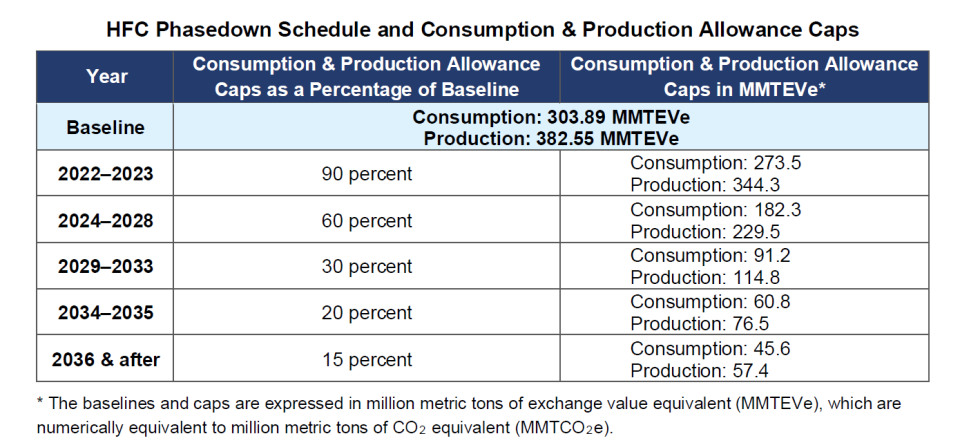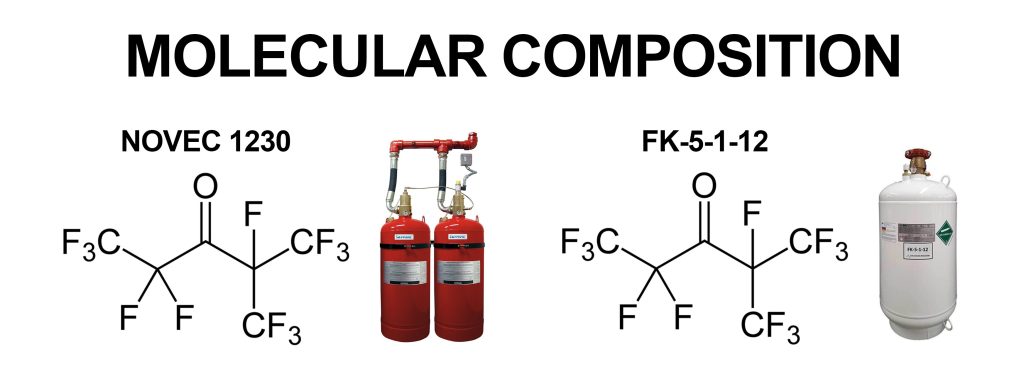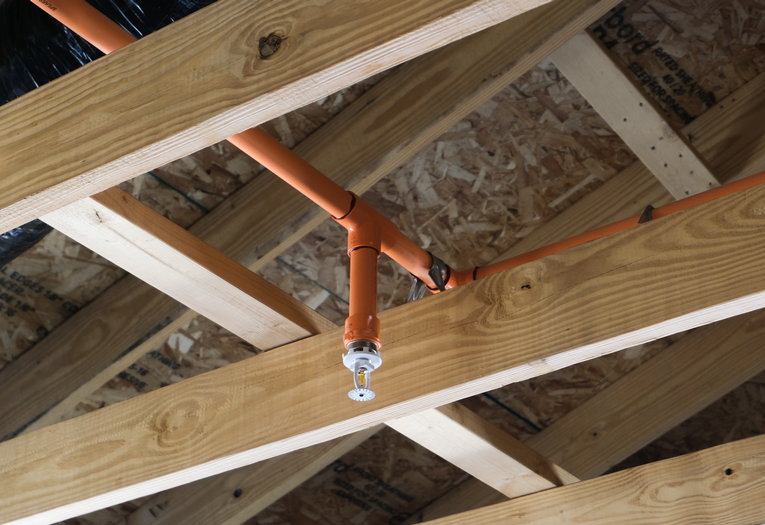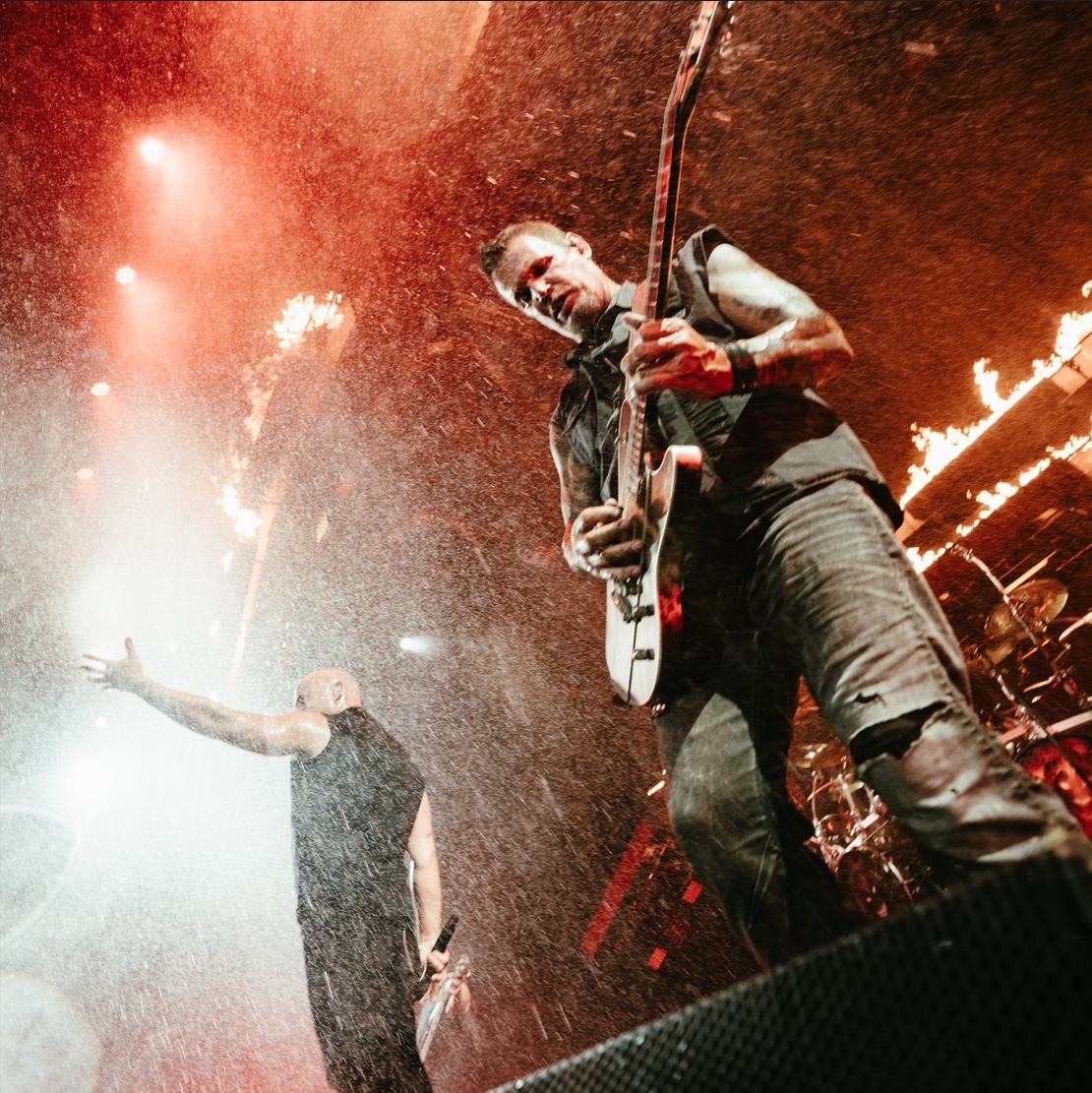Championing Sustainable Solutions – Your Path to Cleaner Fire Protection
In today’s rapidly evolving world, safeguarding businesses, and industries with sensitive products from the devastating impact of fires has never been more critical. For years, NOVEC 1230 has been the go-to clean agent, cherished for its remarkable fire-extinguishing capabilities without causing water damage or leaving harmful residues. However, recent environmental regulations have signaled the need for change. While NOVEC 1230 is classified as a polyfluoroalkyl substance (PFAS), which is safe to make and use while possessing little-to-no global warming potential, constant changes in federal regulation (such as the AIM Act) have made 3M weary of continuing production.
As the fire protection industry undergoes a transformative phase, we bid adieu to NOVEC 1230, a hydrocarbon (HC) clean agent that has served us well for many years. While the phrase “bid adieu” may seem reminiscent of a sad farewell, it is crucial to recognize that this shift does not mean there are not equal clean agent suppressors out there. As we close one chapter, we open another, venturing into the realm of alternative suppression solutions.
At Western States Fire Protection, we provide you with the latest information and guiding you toward the best solutions. Let’s embark on a journey to explore the AIM Act, understand the future of NOVEC, and discover the promising alternative, FK-5-1-12.
Understanding the AIM Act and its Objectives
One of the primary objectives of the AIM Act is to phase down the production and consumption of hydrofluorocarbons (HFCs) – a group of potent greenhouse gases commonly used in various applications, including fire suppression agents like HFC-227. HFCs have a high global warming potential, thousands of times more potent than carbon dioxide in terms of heat-trapping ability, making them a contributor to climate change.
To address this critical environmental issue, the AIM Act directs the Environmental Protection Agency (EPA) to establish a gradual phase-down schedule for HFCs. The act mandates the transition to more environmentally friendly alternatives with significantly lower global warming potential, fostering a sustainable approach to fire protection without compromising on safety and efficacy.
By phasing out HFCs and promoting environmentally friendly alternatives, the AIM Act aims to mitigate global warming and protect the delicate ecological balance. This legislation serves as a collective effort to foster technological advancements that drive us toward a cleaner and more sustainable world.

Impact on Existing Systems
If you are a business owner with an existing NOVEC 1230 fire suppression system, you might wonder about its future. Rest assured that the AIM Act does not actually affect the production or distribution of NOVEC 1230 clean agent systems, so any pre-existing systems may continue to run indefinitely. So, this begs the question, why is it being discontinued?
3M said in a statement that due to “the evolving external landscape, including multiple factors such as accelerating regulatory trends [AIM Act] focused on reducing or eliminating the presence of PFAS in the environment and changing stakeholder expectations.” Given the direction federal and industry standards are heading, 3M looks to be proactive in production and looks to innovate more sustainable solutions in the future rather than succumbing to more regulations down the road. This unfortunately means there is a discontinuation timeline of 2025 (and industry experts believe that 3M will run out even sooner than that).
“While PFAS can be safely made and used, we also see an opportunity to lead in a rapidly evolving external regulatory and business landscape to make the greatest impact for those we serve. This action is another example of how we are positioning 3M for continued sustainable growth by optimizing our portfolio, innovating for our customers, and delivering long-term value for our shareholders,” says 3M CEO Mike Roman.
While as a clean agent is still allowed on the market, it’s essential to plan proactively for the future, as the availability of NOVEC will eventually diminish. This foresight empowers you to transition seamlessly to an alternative clean agent, and our experts at Western States Fire Protection are ready to help you understand the best next steps for your unique requirements.
Exploring the Alternatives: FK-5-1-12
Amidst the pressure ushered in by the AIM Act, businesses are tasked with exploring alternative clean agents that match the performance of NOVEC. Among these alternatives, one standout solution is FK-5-1-12, an advanced fire suppressant offered by nearly all fire protection manufacturers.
FK-5-1-12 bears the same chemical nomenclature while primarily differing in name alone. The main distinction lies solely in branding. This means that FK-5-1-12 inherits the environmentally friendly qualities and safe/secure storage attributes synonymous with its 3M counterpart. Given the 3M’s ongoing phaseout, it is logical to infer that FK-5-1-12 will seamlessly take its place.

Embracing the Future of Responsible Fire Safety
As the sun sets on the era of NOVEC 1230, we rise to embrace industry alternatives. The AIM Act, although posing challenges, catalyzes innovation, propelling us towards environmental sustainability. With a united effort, businesses can continue to safeguard their critical assets while actively contributing to the preservation of our planet. Our experts at Western States Fire Protection are ready to guide you through this transition, ensuring your business remains safe, compliant, and at the forefront of environmentally responsible fire protection solutions. Contact us today and let us join hands on this journey to a sustainable and secure future.


